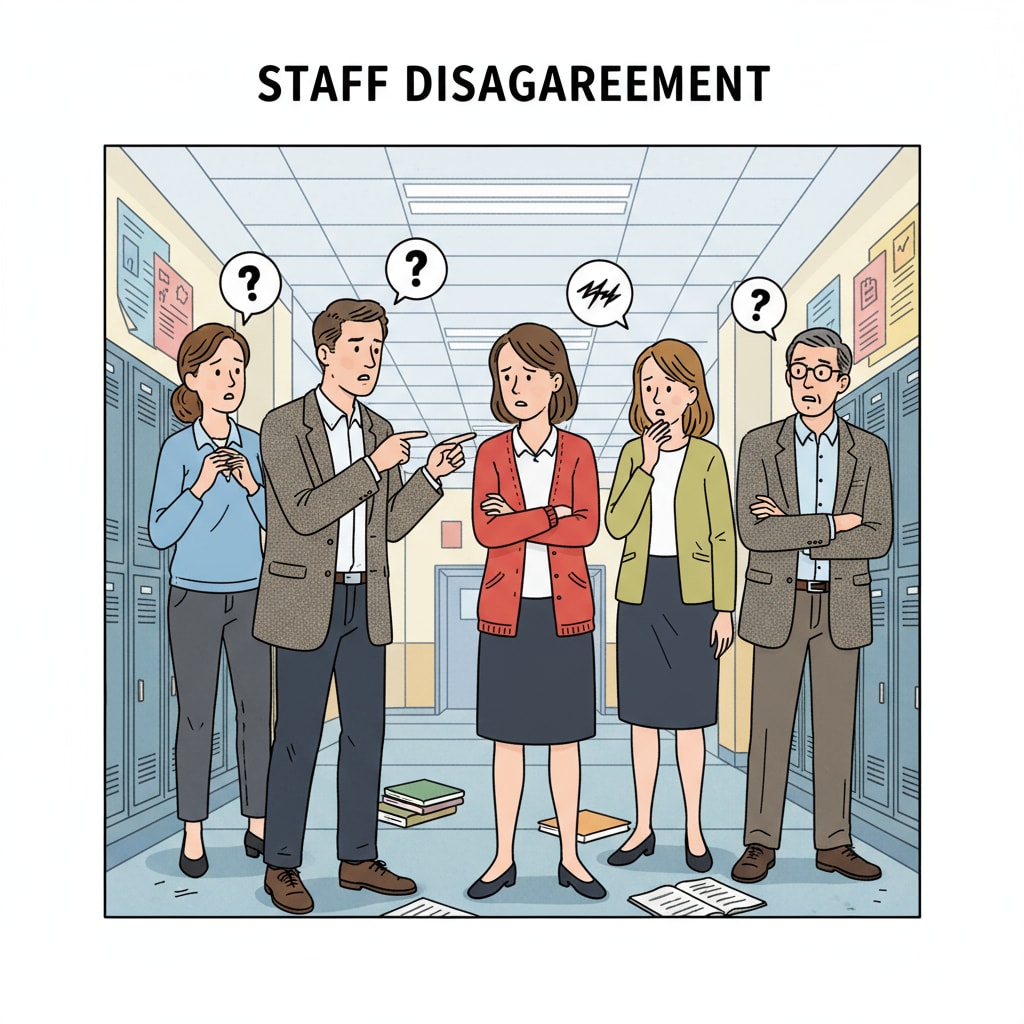Teacher conflicts and workplace harassment are significant management dilemmas that new school administrators often encounter. These issues, if left unaddressed, can disrupt the educational environment and affect the quality of teaching and learning.

Understanding the root causes and implementing effective strategies is crucial for creating a harmonious and productive workplace.
Unveiling the Root Causes
There are various reasons behind long-standing teacher conflicts and workplace harassment. One common factor is differences in teaching styles and educational philosophies. For example, some teachers may prefer traditional teaching methods, while others advocate for more innovative approaches. These differences can lead to disagreements and conflicts. In addition, personality clashes among teachers can also contribute to the problem. When individuals with incompatible personalities work together, tensions may arise. Understanding Teacher Personalities Moreover, competition for resources, such as limited teaching materials or classroom space, can fuel conflicts. Teachers may feel that they are not getting a fair share, leading to resentment and hostility.

Establishing Clear Procedures
New administrators should start by creating clear and transparent procedures for handling teacher conflicts and workplace harassment. This includes defining what constitutes harassment and setting up a reporting mechanism. Teachers should feel safe and confident in reporting any issues they encounter. The procedures should also outline the steps that will be taken once a report is received, such as an investigation process. By having clear guidelines, administrators can ensure that all cases are treated fairly and consistently. Guidelines on Workplace Harassment in Education
Collecting Objective Evidence
When dealing with these issues, it’s essential to collect objective evidence. This can involve interviewing witnesses, reviewing emails or other written communication, and gathering any relevant documentation. Objective evidence helps administrators make informed decisions and avoid baseless accusations. For example, if there is a claim of harassment, emails or text messages that contain offensive language can serve as strong evidence. By relying on facts rather than rumors or hearsay, administrators can handle the situation more effectively.
Implementing Intervention Measures
Once the evidence is collected, appropriate intervention measures should be implemented. This could range from mediation sessions between the conflicting parties to disciplinary actions if the harassment is severe. Mediation can help teachers communicate their feelings and concerns in a safe and neutral environment, leading to possible resolutions. In cases of serious harassment, administrators must take decisive action to protect the well-being of the victims and maintain a positive work environment.
Readability guidance: As seen above, short paragraphs and clear headings are used to enhance readability. Each section focuses on a key aspect of handling teacher conflicts and workplace harassment. Transition words like “moreover”, “in addition”, and “for example” are used to connect ideas smoothly. By following these principles, the article aims to provide practical and easy-to-understand advice for new school administrators.


